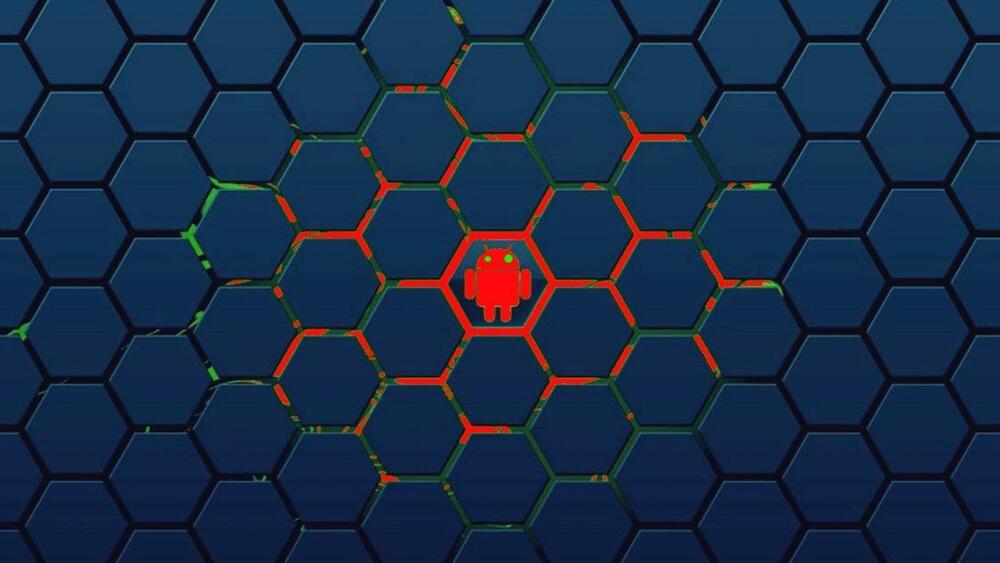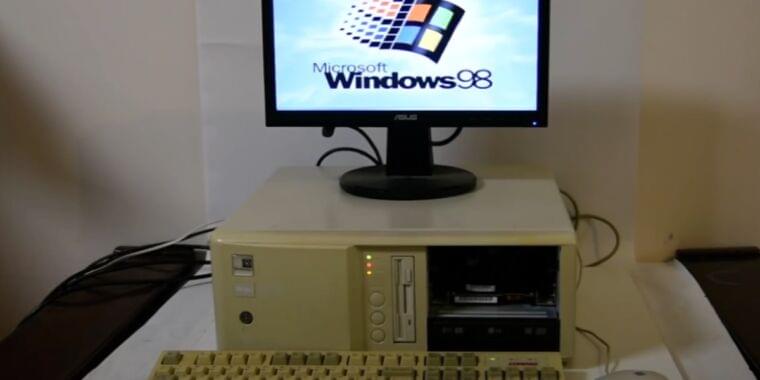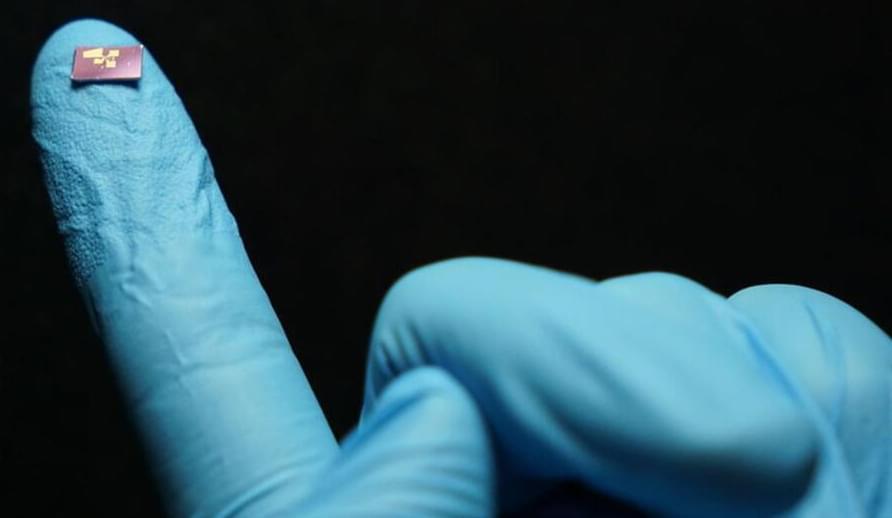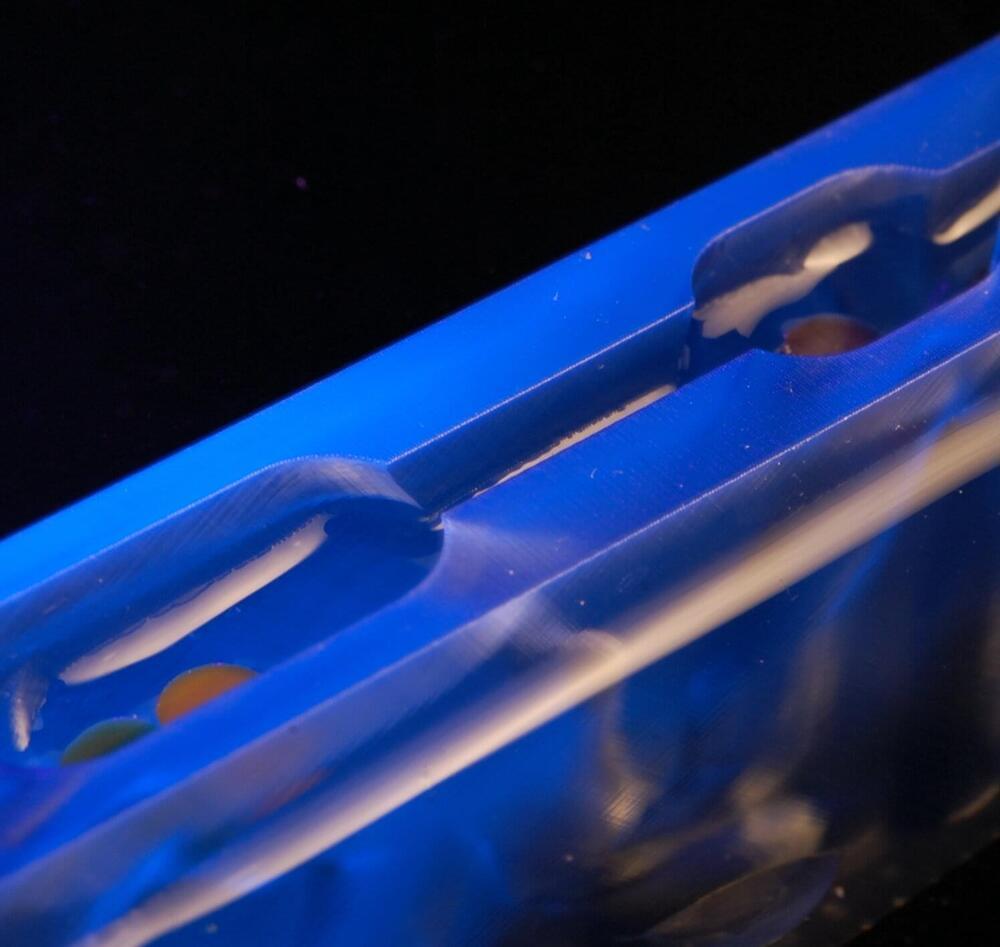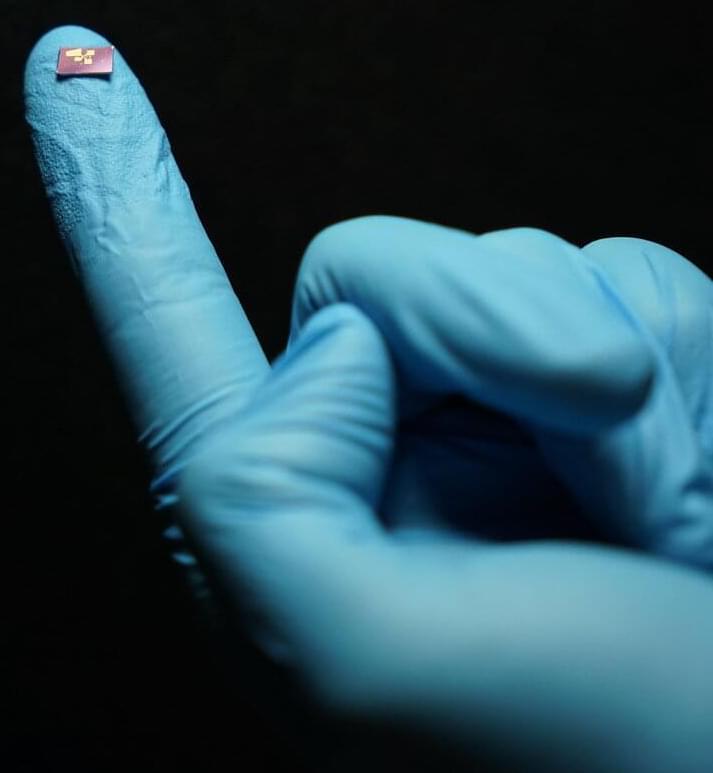Nov 3, 2022
Malicious Android apps with 1M+ installs found on Google Play
Posted by Genevieve Klien in categories: mobile phones, security
A set of four malicious applications currently available in Google Play, the official store for the Android system, are directing users sites that steal sensitive information or generate ‘pay-per-click’ revenue for the operators.
Some of these sites offer victims to download fake security tools or updates, to trick users into installing the malicious files manually.
At the time of publishing, the apps are still present on Google Play under a developer account called Mobile apps Group, and have a total install count of more than one million.
